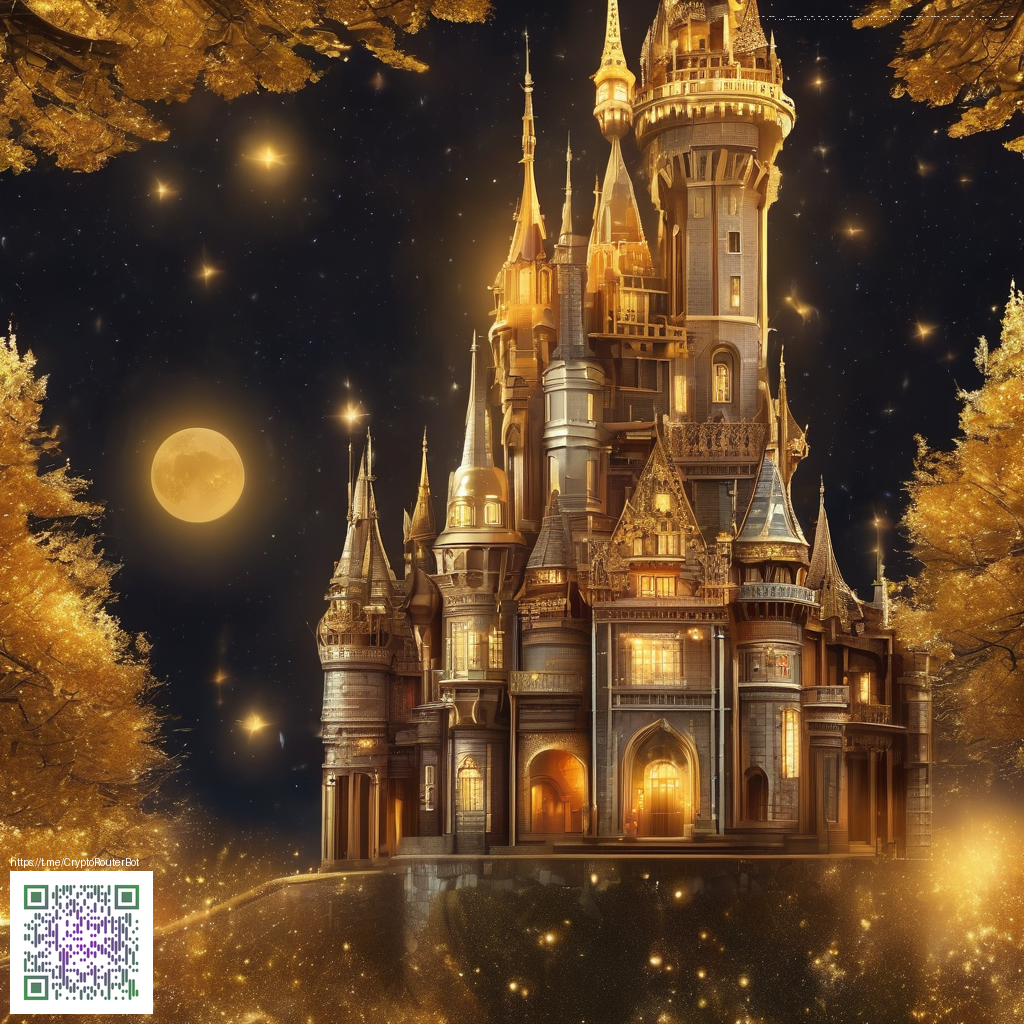
Why Grunge Texture Packs Elevate Modern Design
Grunge textures have a way of grounding digital work in tactile reality. In a world of smooth gradients and glossy surfaces, a well-crafted texture adds depth, personality, and subtle history to a design. Think of it as the visual equivalent of a handwritten note in a sleek, modern notebook: imperfect, human, and memorable. For designers who want to avoid flat, clinical results, incorporating texture packs is a practical way to introduce character without sacrificing polish.
Bringing Cohesion to Diverse Projects
A strong grunge texture pack works across a spectrum of media—web interfaces, social graphics, packaging concepts, and even print layouts. It provides a unifying layer that ties disparate elements together. When you overlay texture on photos, illustrations, or typography, you create a sense of continuity that guides the viewer’s eye and signals intentional design choices. To keep things balanced, pair texture with clean typography, restrained color palettes, and purposeful white space. The goal is texture as an accent, not a distraction.
Texture as a storytelling tool
Textures can communicate mood. A worn, dusty surface might convey nostalgia or resilience, while a crisp grain can evoke energy and grit. Designers often simulate tactile sensations—roughness, wear, and grain—through layered textures, blend modes, and opacity adjustments. For example, a subtle texture applied to a hero banner can transform a flat image into a scene with history, making the viewer curious about the story behind the visuals.
“Texture should never overpower the message; it should support it by adding depth, contrast, and a sense of place.”
In practice, a well-chosen texture pack helps you achieve that balance. You might reserve stronger textures for hero areas or headers, and use lighter, more refined grains in body content. The aim is to create a rhythm where texture appears intentionally, guiding attention rather than competing with content.
Practical tips for using grunge textures
- Start with a few core textures: select two to three textures that harmonize with your color palette and project goals. Too many textures can create visual noise.
- Experiment with blending modes: multiply, overlay, and soft light can yield different tactile feels without overwhelming your design.
- Keep res the right size: choose textures that tile or scale well for your canvas. High-resolution packs ensure crisp results on large displays.
- Mask thoughtfully: reveal texture progressively to control emphasis—keep important content clean and legible.
- Draw inspiration from physical materials: compare your digital textures with real-world textures (fabric, paper, metal) to guide your choices for weight and tone.
For designers who want a tangible parallel, you can think of texture packs as the digital equivalent of rugged, tactile materials such as a case made with TPU shell protection. Just as that hardware product blends protection with material texture, a well-chosen texture pack blends surface interest with legibility. If you’re curious to explore a real-world example that embodies durable, tactile design, you might look at the Rugged Phone Case with TPU Shell Shock Protection for a sense of how material feel translates across formats. It’s a helpful mental bridge when selecting textures that feel sturdy without being overwhelming.
From concept to execution: workflows that work
In a typical digital design workflow, texture packs fit into the early concepting and mid‑production stages. Start with thumbnails or mood boards that feature texture references, then test a few textures against your chosen typography and color system. As you build, keep accessibility in mind—textures should enhance readability, not obscure it. When used sparingly, texture can also increase perceived contrast, helping important elements to pop on small screens or in print at different scales.
For designers exploring new texture libraries, a practical approach is to curate a small set of textures aligned with your brand or project tone, then create a few sample layouts to validate how the textures behave across devices. The process becomes iterative: you adjust opacity, blend mode, and placement until the texture becomes a cohesive part of the composition rather than an afterthought.
Similar Content
Explore more resources and inspiration on this topic here:
https://area-53.zero-static.xyz/68f175ca.html